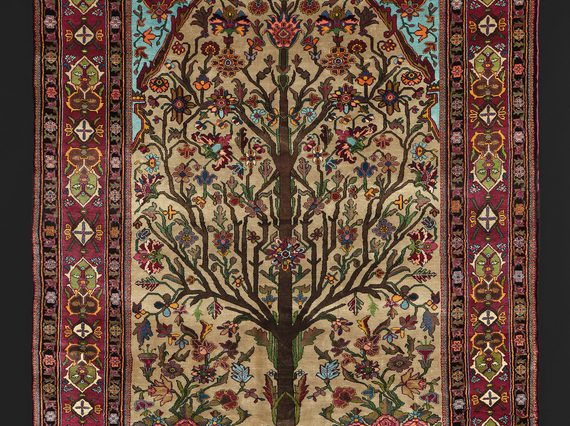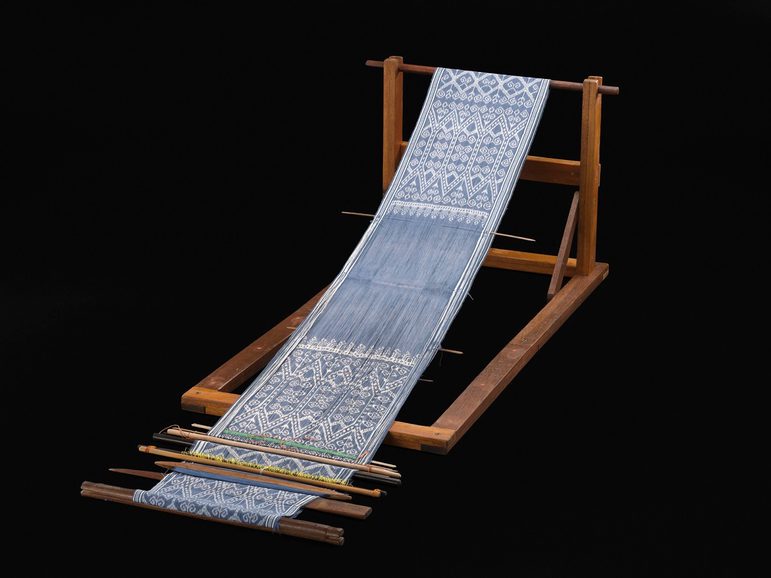
West, South and Southeast Asia
Holding more than 17,000 items, our collections from West, South and Southeast Asia give an insight into the past and the present lives of people in a geographical area that spans from Turkey to the Philippines and Kazakhstan to Yemen and Malaysia.
Some of the oldest parts of the collections were transferred from Edinburgh’s learned institutions to the Museum with its foundation in 1854. These acquisitions go back to around 1800 and include ancient stone sculptures from India and Indonesia as well as a unique collection of ebony models representing the arts and agriculture of Bihar, north India, by Margaret Tytler.
During his tenure as the third director of the Museum, Robert Murdoch Smith (1835-1900) increased significantly through his acquisitions the representation of Iran’s crafts in our collections. More than 500 examples of ceramics and tiles, arms and armour, textiles, glass and metalwork, mostly dating from the Safavid and Qajar periods, were added. Among the highlights is a silk carpet by the famous 19th-century Kashan master weaver Hajji Molla Mohammad Hasan Mohtasham.
Our contemporary collecting responds to the historical holdings as well as to current social, political and environmental developments. Using imperial networks, the museum solicited, for example, from British zoologist John Hewitt (1880-1961), then curator of the Sarawak Museum in Kuching, a series of objects documenting the process of ikat weaving in Sarawak, Borneo. More than one hundred years later, Sarawak master weaver Helen Manjan made it possible for us to buy an in-progress ikat still on the loom together with the weaving tools. This will allow us to understand better the changes to this significant craft carried out by women. Masks and protective clothing made from rattan in Borneo, and acquired for our collections, represent the impact that the Covid-19 pandemic had on local industries in this region.
